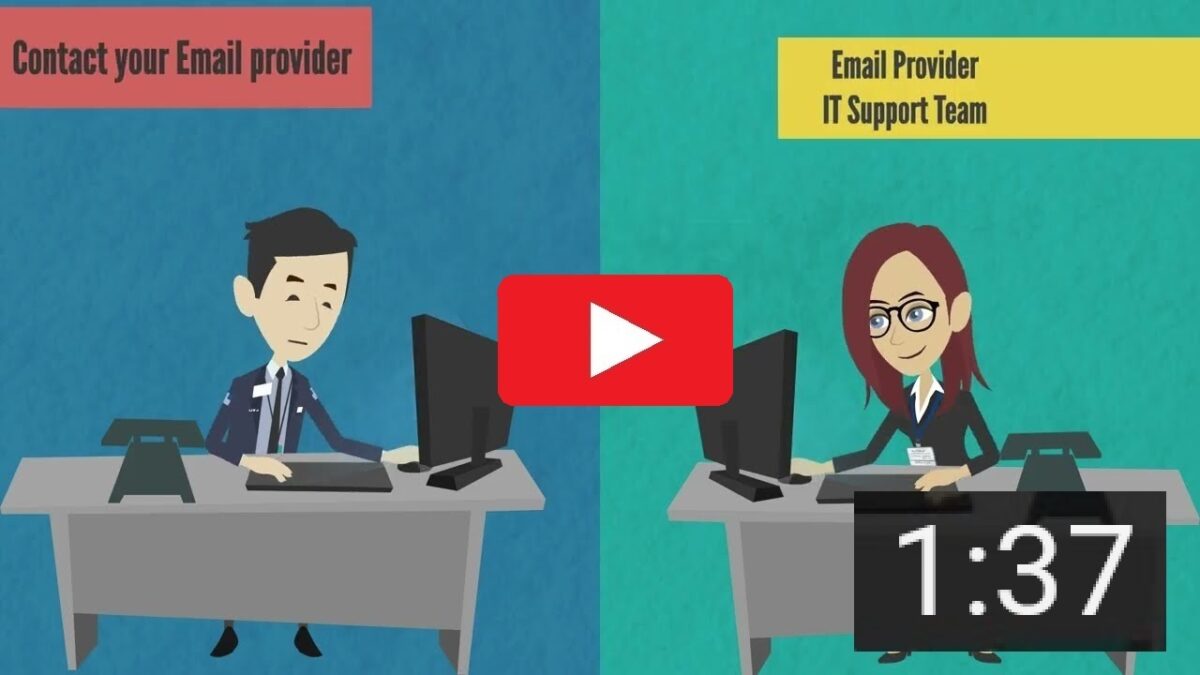A Look at Paid Claims and the Need for Social Engineering Training :CybeSecurityEasy.com
The digital age has brought with it a host of benefits, from instant communication to the ability to conduct business from anywhere in the world. However, it has also ushered in a new era of risk in the form of cyber threats. As these threats continue to evolve and increase in frequency and severity, the cyber insurance industry has emerged as a critical line of defense for businesses.
While the global cyber insurance market, worth $7.8 billion in 2020, is projected to grow into a $20 billion industry by 2025, the number of cyber insurance claims have doubled in the past three years.
The majority of these claims (73%) are related to data breaches and the costs associated with incident response.
Certain industries, such as healthcare, IT and communications, insurance, and retail, are more likely to trigger cyber insurance claims
However, as the overall cost of claims in the cybersecurity insurance market increases, it is becoming more difficult for companies to gain cyber insurance. Insurers are becoming more selective about who and what gets covered, with premiums based on the frequency, severity, and cost of cyberattacks
Interestingly, while ransomware attacks are on the rise, insurers are more frequently reimbursing clean-up costs rather than paying ransoms. This shift underscores the importance of proactive measures in cybersecurity, such as robust security infrastructure and employee training.
This brings us to a crucial point: the need for businesses to be trained more on social engineering to recognize attacks. Social engineering attacks, which manipulate individuals into divulging confidential information, are becoming increasingly common. Training employees to recognize and respond to these attacks is a critical step in preventing data breaches and other cyber incidents.
At CyberSecurityEasy.com LLC we work with Cyber Insurance providers to develop customized video-based situational programs for their new insurance clients to help them familiarize themselves with potential scenarios in which business users fail to recognize risks, and systems get compromised.
Check this YouTube channel to view sample video clips that are part of our video-based situational program for businesses, offered by CyberSecurityEasy youtube.com/@CyberSecurityEasyForBusiness. Talk to us about your needs. Contact me at 847–845–9360 or [email protected].



